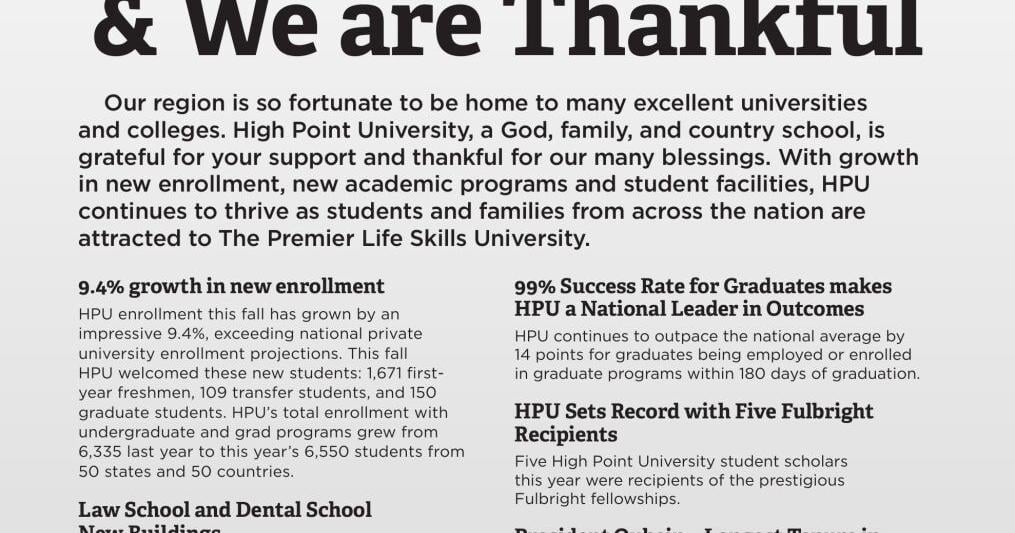By Contributor,Marlowe Starling
Copyright forbes

courtesy Jessie Mahr
It was mid-November 2024, just a couple weeks after the federal election, when a group of environmental data scientists gathered to discuss what soon became an urgent issue: a potential Trump administration effort to scrub critical environmental data from federal agency websites.
Among them was Jessie Mahr, director of technology at the Environmental Policy Innovation Center (EPIC). At the time, her work at the nonprofit startup mainly involved helping environmental agencies use tech tools for environmental health projects and identifying gaps in national policies. But at this meeting, attendees were discussing environmental data they expected to be at risk under the Trump administration.
“This problem seemed like too much to handle,” said Manuel Salgado, a federal research manager at the nonprofit WE ACT for Environmental Justice, a New York-based advocacy organization, who was also on the call. “But Jessie heard a need from the community and just completely ran with it.”
Over the next three months, Mahr jumped to lead the nation’s most coordinated effort to archive federal datasets and rebuild data tools that communities, companies, nonprofits, agencies and investors rely on to inform decisions involving weather, water quality, disasters, air pollution, climate change and more. That included co-launching the Public Environmental Data Partners (PEDP): a coordinated initiative to preserve and provide public access to federal environmental data.
Her head start paid off. Just days after Trump’s inauguration, federal databases and websites started to disappear. By January 24, PEDP’s website went live with two tools that had already been purged.
“It was the most needed thing at the time,” said Ryan Hathaway, who previously worked as an environmental justice director in the White House’s Council on Environmental Quality. Now that hundreds of datasets have been archived, including many that haven’t yet been deleted but are at risk, “we don’t have to reinvent the wheel,” he added.
As of September, PEDP had archived seven tools and 362 datasets — with 75 more in progress, Mahr told Forbes. The smallest datasets can take just a few hours to archive; the largest can take several weeks.
Among the most widely used (and first to be deleted) was the federal Climate and Economic Justice Screening Tool — nicknamed CEJST — that uses climate and environmental health data to identify risks in specific communities. Salgado’s work leans heavily on this tool for creating maps of where these risks overlap with race in low-income communities. But when the Trump administration dismantled the tool in January, Salgado lost access. Now, when he needs tools like this, he goes to the PEDP’s screening tools website, he said.
It became especially handy in July, when devastating flash floods in Central Texas took the lives of dozens of people and displaced hundreds more, making it the second-deadliest flood disaster in the state’s history. Salgado immediately looked up the affected census tracts in CEJST. He found that Kerr County ranks in the 83rd percentile for flood risk — along with 20 percent of the country. He has since used this and other data to inform his comments in congressional hearings and testimony to the EPA.
“If I didn’t have that data available, I wouldn’t have known that level of flood risk is actually quite widespread — it’s not a unique thing for that one particular community in Kerr County,” Salgado said. “This is actually a shared risk amongst almost one in five communities across the country.”
At EPIC, Mahr leads a technology team of her own creation, which focuses on how to speed up environmental progress. Her team analyzes why it’s faster to build a housing development than a restoration project, for example, or why it’s projected to take a century to replace toxic lead pipes across the country.
“The technology program is really thinking about how agencies have the data, skillsets and partnerships to better use technology for environmental stewardship,” she said.
Mahr’s team also works to ensure that future legislation incorporates the best available data, and identifies where permitting processes are overlooking important health considerations. Installing or replacing water infrastructure, for instance, needs to account for communities’ access to clean water.
“It’s rare to find one person who can do any one of those things,” Hathaway said. “Well, Jessie does all of them well.”
Scrambling to save a burning house
Even before Trump’s inauguration, Mahr expected certain outcomes, such as the dissolution of the White House Justice 40 team. Others were more surprising, such as cuts to the U.S. Forest Service.
“We thought wildfire [was a] bipartisan issue,” Mahr said. But the teams responsible for wildfire preparedness, risk management and emergency alerts were reduced. “The chain of command for who says, ‘Hey, there’s an emergency that we need to respond to’ was broken.”
In the first few weeks after inauguration, the administration primarily dismantled the publicly accessible online tools that help people understand the holistic picture of their health and environment, such as where sewage disposal and flood risk overlap; where islands of extreme heat exist; and indicators of air pollution. Mahr’s team restored some of them within 24 to 72 hours, such as EJ Screen, CEJST, and FEMA’s Future Risk Index, which estimates county-level economic losses from climate change based on different greenhouse-gas scenarios.
“It’s information that everyone should know about their health and wellbeing within an area,” Mahr said. These resources aren’t just used by the general public, she added, but by government agencies themselves.
Those first few weeks were the scariest for organizations that use these datasets on a regular basis.
“In that moment, there was grief,” WE ACT’s Salgado said. People working in environmental justice knew they would need to prepare, but they also felt resigned. “To have the wherewithal to organize an entire effort like this and to be one of the key forces behind preserving this data is really phenomenal,” he said of Mahr’s leadership.
Federal datasets, Salgado emphasized, are huge — and it’s impossible to know what’s in each one. Mahr and the PEDP stepped in to coordinate a task that felt too overwhelming to accomplish alone.
She asked state and federal agencies what they expected to come offline. She asked data engineers how they could rebuild them. She met with countless tech providers, agencies, organizations, advocates, researchers and businesses across the country to determine their most-needed resources. And she guided teams of engineers who ultimately archived and relaunched the data and tools that were lost, often preemptively.
“My role in this was saying, here are the high priority datasets [and] tools,” Mahr said, adding that the data-archiving efforts have involved many teams and partnerships.
As part of those collaborations, PEDP also provides a tool showing EPA grants for environmental justice across the country and which communities will be hit hardest by cuts. Just last week, the Trump administration cut nearly two dozen of those grants in southern Black communities faced with industrial air pollution, unsanitary sewage disposal and flooding.
While many of these resources aid efforts to help historically marginalized communities, they’re also crucial economic tools; they inform carbon market valuations and help logging companies mitigate flood risk in communities near the forests they harvest. Crop data collected by The National Agricultural Statistical Service, for instance, is used to predict yields, set prices and inform private investments. And insurance companies use flood maps to price their policies.
Though the data might still exist, removing the tools to access it limits its use by the general public. Mahr likens the tools to a cooked meal, and the raw datasets to ingredients. The recipe, then, is how to present those data points in a way that makes sense.
“We’re pulling things out of a burning house,” Salgado said. Instead of grabbing photo albums and survival kits, they’re looking for the most widely used datasets, such as flood risk predictions and water quality information. “Right now, [we’re] kind of scrambling to grab all those and secure them.”
Continuing the work
As crucial as these efforts are, Mahr said archiving alone isn’t enough to ensure datasets are useful in the long term; environmental data collection needs to continue.
“If there’s no new data being collected going forward, we’re going to be in really bad shape,” Mahr said. “There’s not another entity that is capable of requiring the creation of this information at scale and providing it in the way that the federal government does.”
A world without tools to analyze environmental data looks very different from the world we know now, she said. It means no warning systems for disasters such as floods. It means lower-quality investments in communities that need help. It means not understanding whether a town’s water is safe to drink. It means greater social and economic disparity.
“If you not only remove the data, but [also] the scientific integrity behind how we make it — from decisions about the products that we use [to] the places that we invest — it’s a very unhealthy world to live in,” Mahr said.
EPIC’s existence, ironically, depends on federal funds for roughly 20% of its operations, with another 10% from private companies and the remaining 70% from philanthropy, Mahr said.
Hathaway sees Mahr’s leadership as more than just a way to repair what’s been broken; it’s a path forward, even in the absence of science-informed governance.
“The tree might have burned down,” he said, “but Jessie is one of the seeds that has come off of it.”
Editorial StandardsReprints & Permissions



